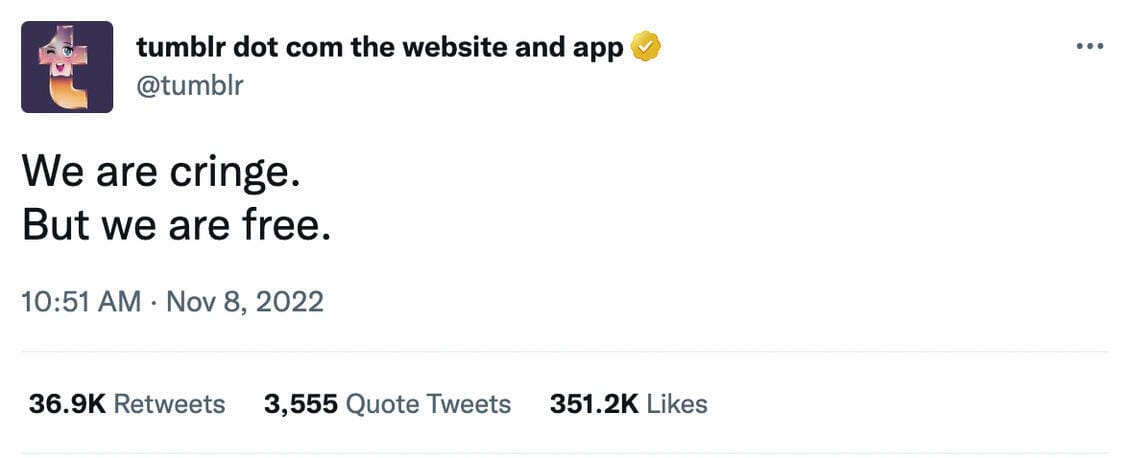- Healthy Competition 🥑🍉🍍
- Posts
- How Differentiating From Competitors Saved Nintendo From Bankruptcy
How Differentiating From Competitors Saved Nintendo From Bankruptcy
+ How to Build Win-Loss Programs

Things are going pretty well for Nintendo.
They’re nearing the end of their Switch console’s lifecycle—the second best-selling console of all time.
And on top of that, they just released a massive hit game with the Legend of Zelda: Tears of the Kingdom.
In just three days, they sold over 10M units worldwide—making it the fastest-selling Switch game and the fastest-selling Nintendo game for any system in the Americas.

But things weren’t always this good.
Take a look at the above chart and you’ll see four Nintendo consoles. If you’re a millennial, you probably noticed that the GameCube is missing.
The GameCube only sold 22M units—coming in at a paltry third place compared to its rivals, Sony’s Playstation 2 (155M units sold) and Microsoft’s Xbox (24M).
The reason? The GameCube tried to go toe-to-toe with those consoles, even though they had more powerful graphics, stronger third-party gaming partnerships, and online play—all things the GameCube lacked despite marketing to the same audience of 16 - 34 year olds.
For Nintendo’s next console, they knew they had to do something different in order to win.

After the GameCube, Nintendo introduced the Wii. It was a highly differentiated console compared to its old competitors’ new consoles (the Playstation 3 and Xbox 360).
Pioneered new technology, motion controls
Came with an award-winning game, Wii Sports
Targeted families and kids
And it became one of the best-selling consoles of all time, selling 101M units.
Once they stopped competing with consoles that targeted hardcore gamers, they were able to innovate and win.
But even the Wii pales in comparison to the success of Nintendo’s current console—the Switch. That’s a story for another newsletter though.

New Podcast: The Win-Loss Episode

Ryan Sorley is the Founder of DoubleCheck Research, a win-loss analysis provider that was recently acquired by Klue.
We talked about all things (you guessed it) win-loss and broke down everything you need to build a successful program. Some other topics we touched on:
behind Ryan's decision to grow DoubleCheck and eventually join Klue vs. staying small and going the solopreneur route
what surprised Ryan since joining a Saas-based business
tips to get more responses from your win/loss outreach
where AI fits into the future of win/loss
and a lot more

Advice from the Community
2,000+ messages are exchanged every month by your favorite Product Marketers in the Healthy Competition community. Here are some recent threads that got the community talking.
Not a member? Easy peasy. Just join here.

Check out the discussion here.

Check out the discussion here.

Check out the discussion here.

Jobs
Iterable is hiring a Sr. Product Marketing Manager.
Role does not include Competitive Intel responsibilities
Comp range $117,000 - $216,000, depending on your location
Ramp is hiring a Sr. Product Marketing Manager, Enterprise.
Role includes some Competitive Intel responsibilities
Comp range: $140,250 - $165,000
FYI: there are members in the Healthy Competition community from both of these companies that can help you connect with the hiring manager.

Quick Tips / Examples

Love how Citroen uses humor here.

Tumblr roasting Twitter Blue a few months back put a smile on my face. 36.9k retweets!!!

🥥🍍🥑 Fruity Memes 🍎🍉🫐
@healthycompetition Hey you look familiar 😏 #competitiveintelligence #saas #pmm #productmarketing #b2bmarketing #techtok #corporatehumor #businesstok
@healthycompetition Just don't do it #competitiveintelligence #b2bmarketing #b2bsales #saas #techtok #businesstok #productmarketing #pmm

Stay Healthy, my friends.
💚Andy

Reply